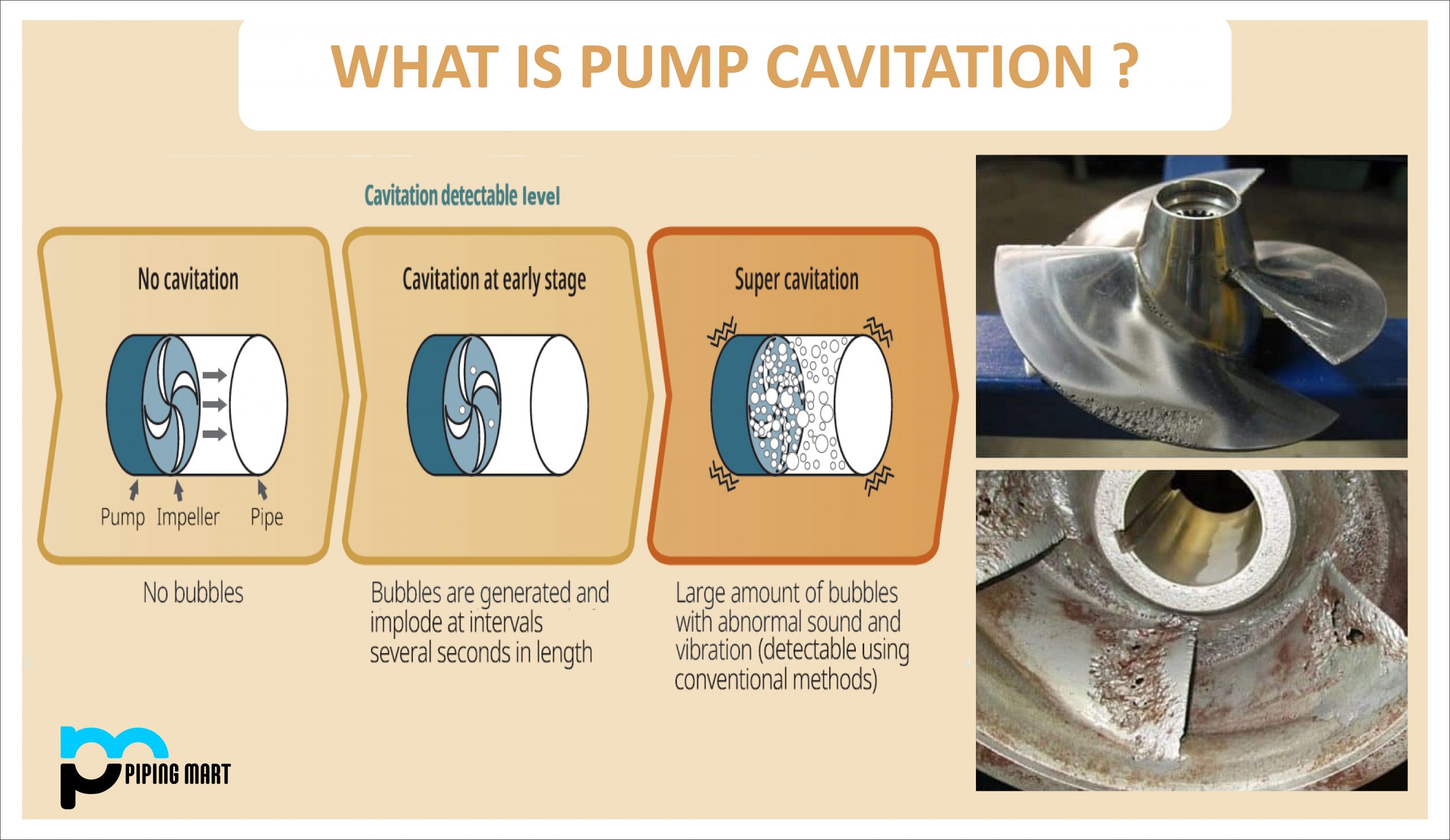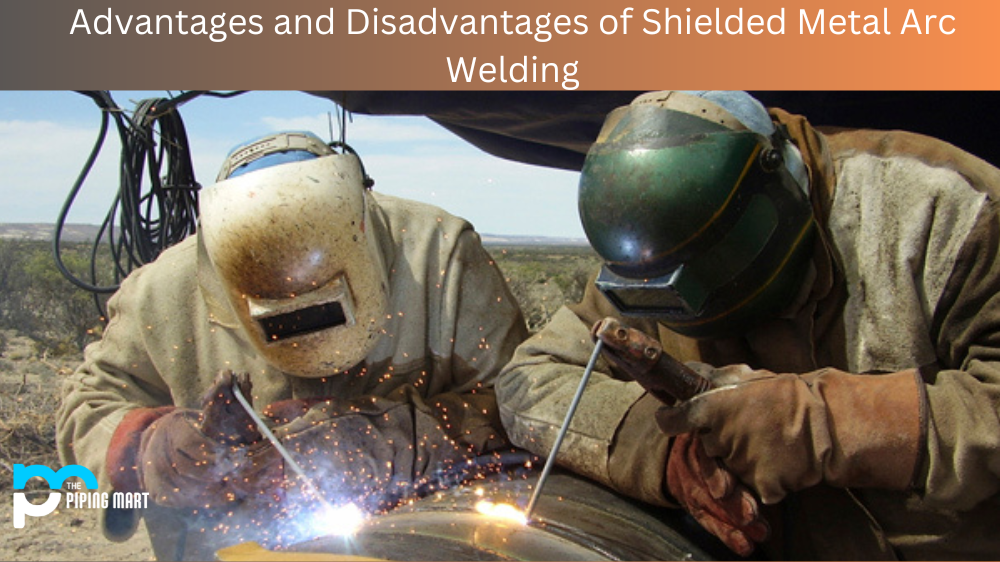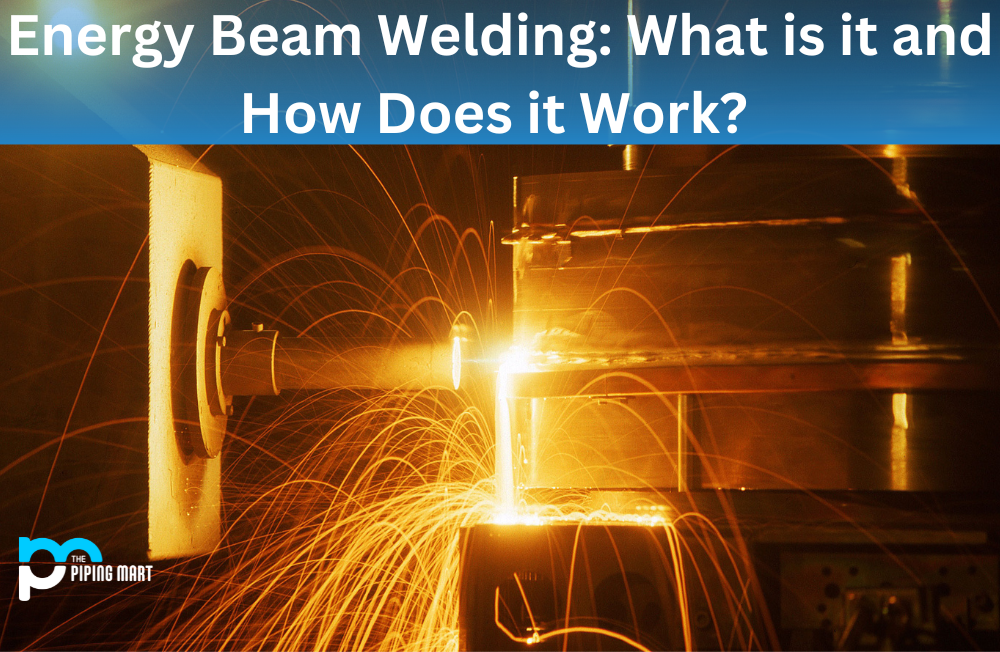Pump cavitation is a damaging problem that can cause excessive noise and energy consumption, as well as severe pump damage. Pump cavitation issues are not new and are becoming more common. It has a significant impact on the pump’s functionality and durability. Pump cavitation is successfully avoidable with proper design and troubleshooting.
Cavitation is a significant concept for rotating equipment engineers. Cavitation is described as the formation of vapor bubbles or cavities in a fluid flow as a result of low pressure and their abrupt collapse, which causes damage to connected parts such as the impeller, pump housing, and so on. It is one of the most serious issues for centrifugal pumps. Numerous parameters can be used to describe the occurrence, intensity, and effects of cavitation.
Cavitation arises when the liquid in a pump produces air bubbles as a result of the flowing liquid’s partial pressure drop. The major cause of air bubbles is a lack of an adequate net positive suction head. Changes in the pump’s liquid pressure convert the liquid to vapor. The air bubbles move and instantly collapse when the liquid travels by the pump’s impeller spinning. When vapor bubbles collapse, they create a shockwave that erodes the impeller surface. When strong cavitation occurs at the impeller inlet, the pump performance reduces, leading to even pumping failure.
The most well-known causes of cavitation are:
- Inability to achieve the required Net Positive Suction Head
- The pump is placed at an excessively high position above the fluid source.
- The diameter of the suction pipe is insufficient.
- Pipe blockage on the suction side
- Filters that are clogged or obstructed
- The length of the suction pipe is greater.
- extremely strong suction lift
- Improper piping design
- A flowing liquid has a very low vapor pressure.
- The fluid has been overheated to the point of evaporation.
- The pump is too far to the right on the pump design curve.
- The pump speed is higher
- The flow in the pump is not correct due to a high-vacuum or low-pressure environment.
- High discharge pressure.
- The pump was not properly specified.
Cavitation Types
In rotating equipment engineering, two types of cavitation are more common.
- Vapor Cavitation
Vapor cavitation occurs when the static pressure in a flowing fluid falls below the vapor pressure. At the same time, nuclei or microscopically small vapor bubbles must be present for cavitation to occur. When the local velocity increases or the inlet conditions change, the static pressure will decrease.
When the static pressure goes above the vapor pressure in the flow direction, the formed vapor bubbles burst quickly at a very high velocity. This abrupt implosion may cause material degradation, increased noise levels, poor pump performance, and a decrease in pump efficiency and head. As the implosion begins, vapor bubbles dent inwards, forming a water microjet that is directed at the wall and hits with high velocity. This chain of events, together with the fissured microstructure, very fine pores, indentations, and cracks in the wall surface, is the primary cause of the material’s destruction, which is intensified in the presence of mechanical stress.
- Gas Cavitation
Gas cavitation happens when bubbles are formed as a result of the release of dissolved gases from the solution in conjunction with diffusion. Dissolved gases emerge from the solution when the fluid pressure falls below the saturated vapor pressure. The concentration of dissolved gases affects this mechanism. Gas cavitation is less damaging than vapor cavitation in terms of material damage because, when pressure rises, the gas diffuses back into the liquid, which means that the process is much slower than the collapse of vapor bubbles.
The formation of vapor and gas may also overlap. Vapor bubbles formed when the fluid pressure reaches or falls below vapor pressure may also include gas, which can be released from the solution via diffusion when the fluid approaches the pump’s suction. As a result, the combined effect of these two cavitations increases the extent of the impact on the fluid flow.
Pump cavitation can alternatively be classified as suction cavitation or discharge cavitation depending on whether it occurs on the suction or discharge side of the pump.

Pipingmart is B2B portal specializes in industrial, metal and piping products. Also, share latest information and news related to products, materials and different types grades to help business dealing in this industry.




